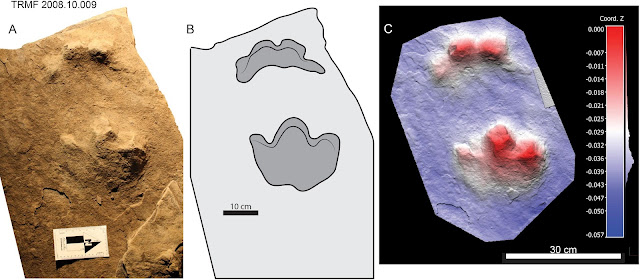Unearthed in the Rockies: Paleontologists Stumble Upon a Colossal Prehistoric Revelation

In the ever-evolving arena of paleontology, breakthroughs rarely come along that shake the very foundations of our understanding. Yet, in early April 2025, an international team of researchers unearthed a find so unexpected, it has sent shockwaves through the scientific community. Deep within the rugged terrains of the Canadian Rockies, a set of 100-million-year-old fossil footprints has been attributed to a previously unrecognized species of armored dinosaur—now named Ruopodosaurus clava. This discovery is not simply another notch in the fossil record; it’s a giant leap that compels us to rethink the evolutionary narrative of dinosaur locomotion, behavior, and anatomical diversity. A Glimpse into the Past: Setting the Stage for Discovery For decades, paleontologists have refined our image of dinosaurs from lumbering giants to sleek predators through meticulous excavation and comprehensive analysis. Yet much of what we “know” comes from the fragmentary remains of bones, teeth, and isol...




